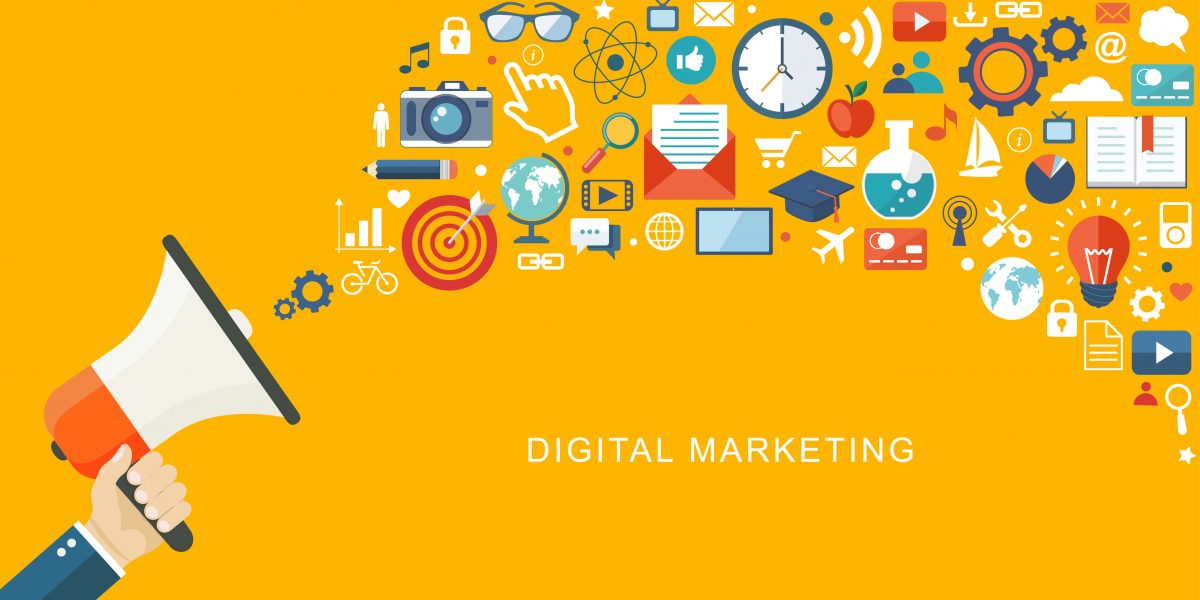Marketing is one of the key foundations that companies are built on. Without marketing your products and services you will not reach out to people and you can’t find your audience.
In the beginning there was only traditional marketing (which is still used today and shouldn’t be discarded), this includes broadcasting or on-air advertising like radio and TV. But there was also printed media such as flyers and newspaper ads and outdoor marketing which includes billboards. In the 90’s when digital technology started growing rapidly, a new form of marketing hit our society – digital marketing.
Inbound and Outbound marketing
If we should categorize marketing more specifically there are two types – inbound and outbound. In the broad spectrum of marketing, you could say that inbound marketing is more for digital channels and outbound are more focused on traditional channels. But a more specific explanation is:
- Inbound marketing is when you want to pull the potential customer in, you want them to come to you. And to achieve this you create useful content which your audience seeks out when they need it. It should be helpful and lead to engagement.
- Outbound marketing is the opposite. With this approach, you push a message or product out to as many users and potential customers as possible. This is done through calls, emails, billboards, and direct mail, etc. The purpose is to drive awareness of a service or product.
There are many marketing options to choose from when you want to spread the word of your company, product or service. Here are some examples:
Content Marketing
Content marketing is a key instrument in all marketing since no marketing efforts could be done without content. With content, you can take the reader on a journey, answer any questions they might have, and lead them in the direction you want, but content marketing also goes hand in hand with SEO that helps you appear in search results on Google and Bing. From an inbound and digital point of view content is what is needed for audiences as well as search engines, to find the information they are looking for on the web.
Content marketing means you create, publish, and distribute content to your target audience. Some of the most common media for this distribution are social media channels, blogs, websites, and ebooks, but also visual content like videos. To keep up with content marketing a good option is to create an editorial content calendar where you can insert your ideas and manage your content.
Affiliate Marketing
Affiliate marketing is what we do here at ADM, and simply put it is when a company teams up with a like-minded business to promote and create content together. In our case, we have partnered up with online casino companies and we promote their brands on our websites, for example, we have affiliate websites that focus on poker online, sports betting, and online casino games.
When a customer signs up, creates an account, and makes a deposit at one of the casinos we promote, via our websites, we are rewarded with a commission for each customer. As an affiliate, we get paid when one of our promotions generates a conversion.
Social Media Marketing
Social media marketing is when you use social platforms to promote your product or service. It’s a great way to gain attention from a large audience and build a relationship with your customers. The most common platforms that are used for social media marketing are Instagram, Facebook, Twitter, Snapchat and LinkedIn, and they all reach different audiences. For example, Instagram and Snapchat often speak to a younger audience, whilst LinkedIn is a better approach if you want to reach a more mature and professional audience.
Social media marketing is a great option when your goal is to gain interest and awareness for your products or services. But since people’s attention spans are very short these days, the content you put out must be informative, useful, and entertaining. Mix your content ideas and distribute them over both posts and stories to engage and keep your customer’s interest. And remember to always add a clear CTA or a link to your website.

Influencer Marketing
If you have an Instagram account, you have probably seen some type of influencer marketing at some point. Influencer marketing is quite a new item on the marketing list, but it has grown to be incredibly popular. The concept of selling a product with a celebrity or famous person as a spokesperson is not new, but these days influencers aren’t just footballers or singers. It can be someone on Instagram with a lot of followers, a ”commoner” that has a large influence, and whose opinion many people trusts.
Influencer marketing is therefore designed to use an existing community of engaged followers on social media. To get started with influencer marketing, you need to find an influencer that matches your brand and whose target audience sits well with what you are offering. If you are a makeup company, an influencer with a dominated female audience between the ages of 15-50 would be ideal.
Email Marketing
Email marketing is a channel that you can use to deliver educational or promotional content to people who have subscribed to receive messages from you. The goal with this type of marketing is often to deepen your relationship with customers and to send marketing messages that are personalized to them. There are a few different types of emails that you can use for marketing purposes, for example:
- Newsletters
- Product updates
- Announcements
- Event invitation
- There are also welcome emails, confirmation emails when you have registered for something or made a payment, and abandoned cart emails for when you put things in a basket but not completed a purchase.
Email marketing are common within B2B and B2C companies and can drive a lot of revenue. One thing you must think about with this marketing approach is, however, compliance. Depending on where your company is located there are different types of regulations regarding email marketing. The most common are GDPR, CAN-SPAM and CASL.
These regulations boil down to the fact that you can’t send emails to people who are not expecting messages from you and that you have to be transparent about who you are.
